Water – life’s most essential resource.
Author: Nina E Noreika
Water – it is life’s most essential resource. We use it as recreation, to travel, to grow crops, to quench our own thirst. As such, water conservation is a multifaceted societal issue with expanding and diverse career opportunities. A career in water conservation can wear many different masks and is highly multidisciplinary.
I began my career in water conservation while studying for my master’s in Aquatic Resources at Texas State University (TSU) in Texas, USA. My research at TSU involved population estimates and community structure evaluations of endangered aquatic invertebrates in crenic habitats. In this role I travelled to western Texas frequently to collect samples that I later processed under a dissecting microscope. In total, I counted over 150,000 snails and amphipods. These species are endangered largely due to the over-pumping of groundwater for agricultural uses and oil exploration.
Studying these tiny invertebrates prompted me to consider the larger issues at play: responsible, sustainable water and landscape management. I knew that I wanted the next step of my education to focus on water conservation, which lead me to Czech Technical University (CTU) in Prague.
Since beginning my PhD studies at CTU, I have been involved in many departmental projects and have also had the opportunity to develop my own research questions and thesis topic. I have participated in field experiments that study the effects of varied crop and soil treatments on runoff processes using an outdoor rainfall simulator as well as catchment-scale topsoil water content surveys.
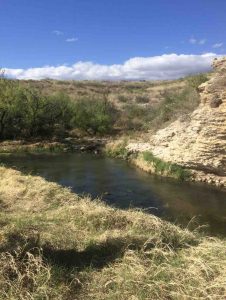
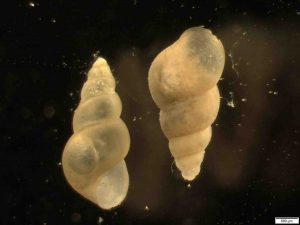
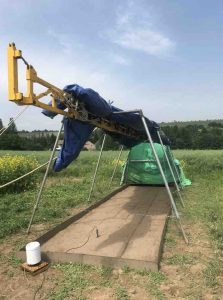
My thesis topic is titled “modeling hydrological impacts of management practices in rural catchments using SWAT.” SWAT, or the Soil and Water Assessment Tool, is a semi-physically based, semi-distributed, basin-scale hydrologic model. It’s primarily used to model agricultural catchments and has been applied all around the world. A goal of my PhD work is to apply the SWAT model to two catchments in the Czech Republic.
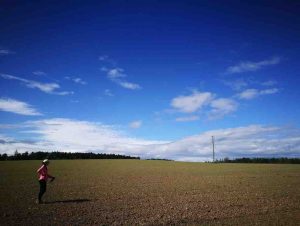
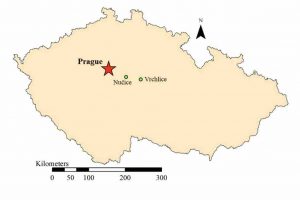
I am most interested in the application of agricultural conservation practices in the Czech landscape and how the adoption of such practices will affect the small water cycle. The Czech landscape is still recovering from agricultural intensification that occurred during the Communist era, which included increasing field sizes, widespread subsurface tile drainage systems (so that soils drain faster than they would naturally), and concrete-lined and straightened streams. In the small water cycle: water should infiltrate the soil where it falls as rain, surface runoff should be minimized, natural drainage patterns should be restored, and the water holding capacity of soils should be increased. Not only do agricultural conservation practices help to reinforce the small water cycle, but they also aim to build healthier agriculture soils and to reduce sediment and nutrient runoff into our freshwater systems. For example, contour farming reduces surface runoff by impounding water in small depressions and reduces soil loss by decreasing the erosive power of the surface runoff while crop residues increase infiltration and reduce surface runoff by decreasing surface sealing.
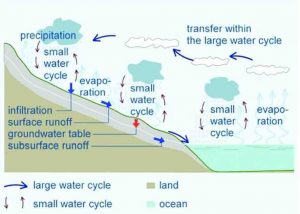
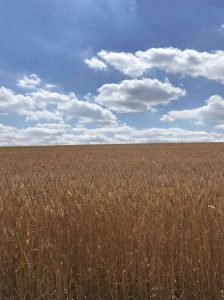
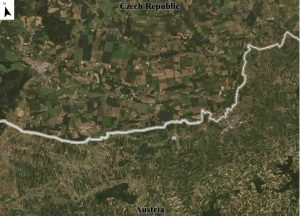
In the field of water conservation, there are many professional trajectories that can be followed across the biological, physical, and political sciences. I am unsure exactly what my future career may look like, but so far, my career has included: sitting at a microscope for countless hours, SCUBA diving to collect water and invertebrate samples, conducting field experiments in the Czech countryside, and developing a hydrologic model that should (in theory) simulate the real thing.
Whatever the future may hold, one thing remains constant – the way we treat the water and land around us matters. If my research can help the conservation efforts of one little snail species or help one farmer make informed management decisions, I know I will have done my part.

0 comments